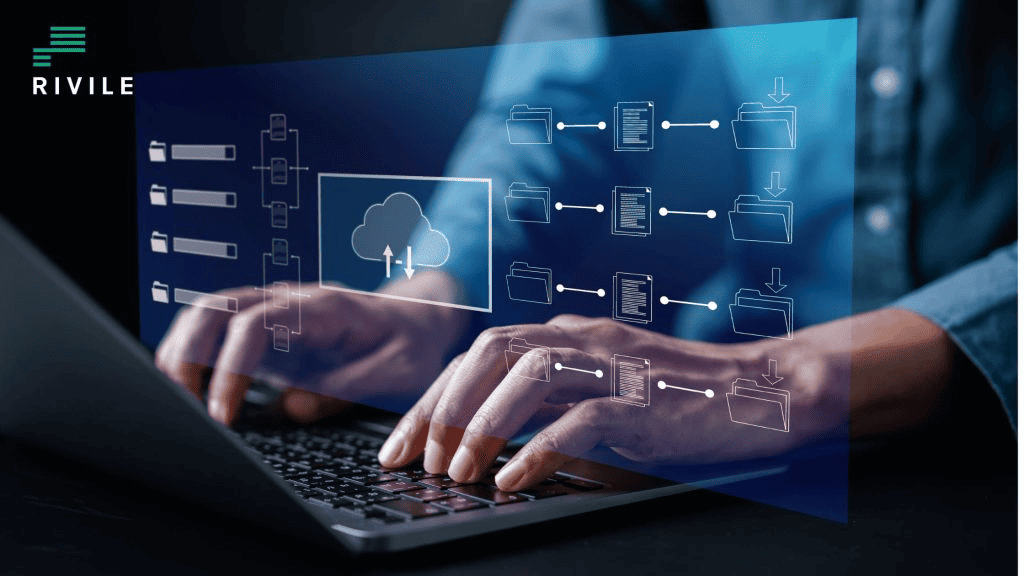General Ledger – Accountant’s Advice

Maintaining the general ledger is one of the most important accounting processes, ensuring transparency, accuracy, and compliance with legal requirements.
Every company, regardless of size or industry, must manage its financial accounting in a way that clearly shows the flow of money—from received income to incurred expenses. This is where the general ledger comes in—an essential document that becomes the foundation of all accounting.
In this article, our team explains what the general ledger is, why it’s needed, how to maintain it properly, and how smart business management systems can simplify this process.
We’ll share accounting tips relevant to both startups and growing companies seeking efficiency and accurate decision-making.
The Role of the General Ledger in Financial Accounting
The general ledger is one of the core documents ensuring transparent and accurate company accounting. It records all financial entries—from purchasing goods to paying salaries—making it not only an accounting tool but also a strategic planning instrument. This system allows monitoring the balance between debit and credit, quickly identifying errors or discrepancies.
One of the most important functions of the general ledger is to help prepare financial statements. Without it, it’s impossible to create an accurate balance sheet, profit and loss statement, or other key documents.
Maintaining the General Ledger: What’s Important to Know
Traditionally, the general ledger was maintained manually or in Excel, but in today’s business environment, this is becoming inefficient. The more entries there are, the higher the risk of errors. Therefore, automated maintenance through ERP systems is the smartest choice.
When maintaining the general ledger, it’s essential to follow chronology, accurately link entries to the chart of accounts, and correctly assign debit/credit amounts. Entries cover all company processes—from customer payments to depreciation of fixed assets.
The Rivile team recommends applying centralized accounting, where all departments maintain a single general ledger, avoiding data duplication and inconsistencies.
Electronic General Ledger and Business Management Systems
An electronic general ledger not only allows for quick entry recording but also enables real-time data analysis. Companies using the Rivile ERP system can easily integrate all accounting processes and have a unified accounting view. This reduces the risk of errors and saves a lot of time.
Another major advantage is the ability to seamlessly integrate the Rivile GAMA personnel and document management system, which helps organize related documents such as invoices or contracts linked to specific accounting entries.
Conclusion
The general ledger is the backbone of accounting. For businesses that want to make the right decisions, ensure transparency, and grow—it’s important not only to understand what it is but also to choose advanced tools to manage it. Rivile’s solutions help implement this simply and efficiently.
Frequently Asked Questions (FAQ)
When should you start maintaining the general ledger?
The general ledger should be maintained from the very beginning of the company’s operations—as soon as the first financial entries appear. This ensures transparent, consistent, and audit-compliant accounting from day one. Even small businesses or individuals engaged in self-employment should track their financial flows through separate account entries.
Can the general ledger be maintained in Excel?
Yes, theoretically it can, especially for very small businesses or individual activities. However, as the number of entries grows, this becomes risky—error probability increases, and data analysis becomes more difficult. Therefore, it’s recommended to use specialized accounting or business management systems that automate general ledger maintenance and help avoid inaccuracies.
What’s the difference between the general ledger and journal accounting?
Journal accounting usually includes initial transaction records, such as purchase, sales, cash, or bank journals. The general ledger, on the other hand, is a summary of all journal entries by account. It shows each account’s balance, movement, and structure—essentially a complete financial map of the company.
How often should the general ledger be updated per month?
It depends on the intensity of operations. In larger companies, the general ledger is often updated daily or weekly. In smaller ones—at least once a month, especially before preparing financial reports or declarations. In automated systems, updates occur in real time, so the information is always accurate.
What should you do if errors are found in the general ledger?
It’s important not to delay—errors should be corrected as soon as possible. First, identify the cause of the error (e.g., incorrectly assigned document or wrong amount). If you use a business management system, errors can be quickly identified and corrected with less risk. Platforms like Rivile GAMA also allow convenient tracking and management of related documents.


